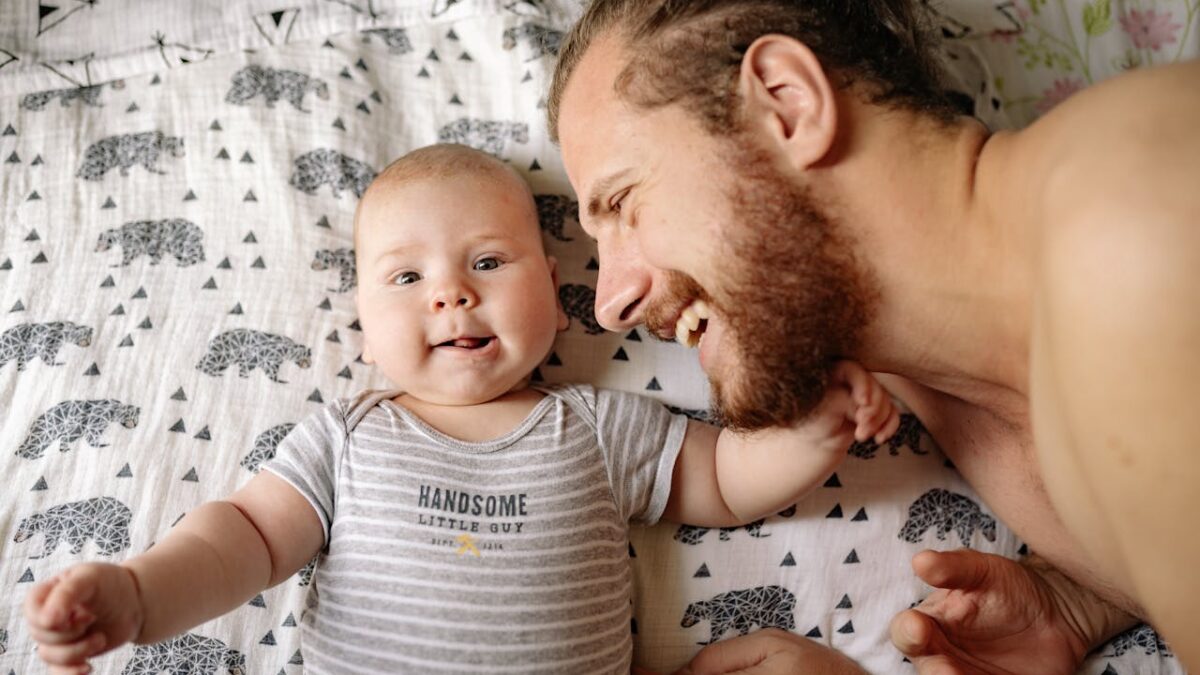
The latest alarming numbers on campus sexual assault come from a Massachusetts Institute of Technology survey which supposedly shows that 17 percent of female undergraduates have been sexually assaulted during their time at the school. Writing in The Washington Post, columnist Catherine Rampell has invoked these findings as a rebuke to those who criticized earlier studies for inflating campus sexual assault statistics. But, in fact, the MIT survey starkly illustrates the very problems those critics have pointed out.
For one, there is the issue of response bias, acknowledged at the end of survey itself: only 35 percent of the MIT students who received the survey answered it, and it’s entirely possible that people who have had unwanted sexual experiences were more likely to respond. But, more importantly, there is also a question of how sexual assault is defined.
The sexual assault data were derived from two questions on the survey:
Have you experienced any of the following while at MIT?
Someone fondled, kissed, or rubbed up against the private areas of my body or removed some of my clothes even though I didn’t want to
Someone TRIED to sexually penetrate me (put a penis or insert fingers or objects into my vagina or anus) even though I didn’t want to
Someone sexually penetrated me even though I didn’t want to
Someone TRIED to perform oral sex on me or make me give them oral sex even though I didn’t want to
Someone performed oral sex on me or made me give them oral sex even though I didn’t want to
Did the person or persons who did one or more of the behaviors listed above do them by…
Catching you off guard, or ignoring non-verbal cues or looks?
Telling lies, threatening to end the relationship or to spread rumors about you, or verbally pressuring you?
Showing displeasure, criticizing your sexuality or attractiveness, or getting angry?
Taking advantage of you when you were too drunk, high, asleep or out of it?
Threatening to physically harm you or someone close to you?
Using force, or having a weapon?
Those who answered in the affirmative and picked one or more of the last three options—incapacitation, threat of physical harm, or force—were counted as victims of sexual assault: 17 percent of female undergraduates, 5 percent of male undergraduates, 5 percent of female graduate students, and 1 percent of male graduate students.
But what was the breakdown for sexual assault by incapacitation versus physical force or threat? Here, the MIT report refers to “respondents who indicated that one or more of these experiences involved the use of force or a weapon (5%), threat of physical harm (1%), or incapacitation (being taken advantage of while too drunk, high, asleep or out of it – 44%).” These percentages sound confusing at first; I was finally able to puzzle out that they refer to the entire pool of students who reported some form of unwanted sexual behavior, including conduct not classified as sexual assault such as verbal or emotional pressure.
The Numbers Say the Real Problem Is Drunken Sex
If you do the math, it turns out that among students whose unwanted experiences were counted as sexual assault, only 10 percent reported being physically forced or threatened with harm. (Assuming this pattern is roughly the same for all subgroups, that adds up to fewer than 2 percent of undergraduate women.) The other 90 percent had been “taken advantage of” while incapacitated—with incapacitation defined rather subjectively as being “too drunk [or] high.” It is simply impossible to tell how many of these incidents involved intoxication so severe as to meet the legal criteria for lacking the capacity to consent.
Complicating things further, the survey’s definition of “sexual assault” included the fairly broad category of “sexual touching or kissing,” as well as attempted oral sex or sexual penetration. (Could this include a situation in which one person makes an overly aggressive move but stops and apologizes when the other person says no?) Six percent of undergraduate women reported unwanted penetration due to force or incapacitation, while 3 percent reported coerced oral sex; but the study gives no data on how many of these cases involved actual incapacitation, rather than alcohol-impaired judgment.
In a separate survey item, the students were directly asked whether they had been sexually assaulted or raped while attending MIT. One in ten undergraduate women, and 2 percent of the men, reported being sexually assaulted, while 5 percent of the women and 1 percent of the men reported being raped. Altogether, 11 percent of female undergraduates answered “yes” on one or both of those questions.
Ladies, You Have No Idea What You Just Experienced
Clearly, many young women who reported an experience included in the study’s sexual assault statistics did not think they had been raped or sexually assaulted. That discrepancy between 17 percent and 11 percent is the focus of Rampell’s Washington Post piece. According to Rampell, “One of the frequent complaints levied against college sexual assault statistics is that they are improbably high, presumably because survey respondents take too broad a view of what counts as ‘sexual assault.’” The MIT study, she asserts, shows the opposite: too often, young people “don’t recognize that many of the unwanted sexual behaviors they’ve experienced meet the definition of ‘sexual assault.’”
Actually, Rampell’s column shows that she has very little knowledge of the critiques she is attempting to refute. The fact that campus sexual assault surveys label women as rape victims even when those women do not believe they were raped is a main point in these critiques, going all the way back to the work of University of California-Berkeley sociologist Neil Gilbert and “dissident feminist” scholar Christina Hoff Sommers in the 1990s.
And, as we have seen, the MIT survey provides ample grist for these critiques, especially when one looks at its other findings. For instance: while fewer than 5 percent of the students who had experienced unwanted sexual behavior reported it to someone in an official capacity, the main reason for not reporting the incident (cited by 72 percent) was that it wasn’t “serious enough to officially report.” Also, “55 percent indicated it was not clear harm was intended”; “47 percent did not want any action to be taken”; and “44 percent felt that they were at least partly at fault or it wasn’t totally the other person’s fault.”
Yet Rampell is not the only commentator to argue that young women’s failure to label their experiences as rape or sexual assault is a problem. Time’s Eliza Gray writes that “a deeper look at the numbers points to a more troubling statistic”:
Even though 17% of female undergraduates reported an experience that fits the survey’s definition of sexual assault … only 11% of female undergraduates checked “yes” when asked directly if they had been “raped” or “sexually assaulted.” Despite a concerted effort by the Obama Administration, state officials and campus leaders, MIT students were uncertain about what qualified as sexual violence — even when reporting that they had experienced assault.
On the other hand, in a rare dissenting voice in The New Republic, New York-based writer Batya Ungar-Sargon argues that “MIT’s—and the media’s—preference for the 17-percent figure suggests it doesn’t trust students to properly classify their own sexual encounters.” In Ungar-Sargon’s view, to discount the fact that only 10 percent of female undergrads at MIT actually say they have been sexually assaulted “is to remove the students’ very canny ability to distinguish the criminal from the unwanted.”
This Survey Shows How Confusing Campus Encounters Have Become
Ungar-Sargon makes many excellent points about the shoddiness of the MIT survey (though, because of the confusing way in which the MIT report handles the numbers, she actually underestimates the percentage of “sexual assaults” related to alcohol or drugs). But in the current campus climate, I’m not sure the students’ own labeling of their experiences can be considered reliable—given the strenuous effort to persuade young women to lump the unwanted with the criminal. It is quite likely, for instance, that many MIT students today think all drunken sexual contact is rape, at least if they feel that they wouldn’t have consented to it in a sober state. Indeed, it is entirely possible that some students who were not counted as sexual assault victims in the MIT survey—ones who had yielded to “verbal pressure,” for example—were among the 10 percent who believed they had been sexually assaulted.
Indeed, one remarkable item in the MIT survey shows just how confused campus discourse on sexual assault has become. More than half of all students, and two-thirds of undergrads—women and men alike—agreed that “rape and sexual assault can happen unintentionally, especially if alcohol is involved.” Yet, tellingly, only 13 percent agreed that “when someone is raped or sexually assaulted, it’s often because the way they said ‘no’ was unclear or there was some miscommunication,” while only 20 percent agreed that a victim who is drunk “is at least somewhat responsible for putting themselves in that position.” In other words, most students believe that unwanted sex due to miscommunication or alcohol-addled judgment amounts to “unintentional” rape—but only a minority are willing to place responsibility on both parties.
The depressing truth is that campus sexual assault surveys have become virtually meaningless. That will not change until we stop and reverse the definitional drift in discussions of sexual assault.
This article is reprinted, with permission, from MindingTheCampus.com.








